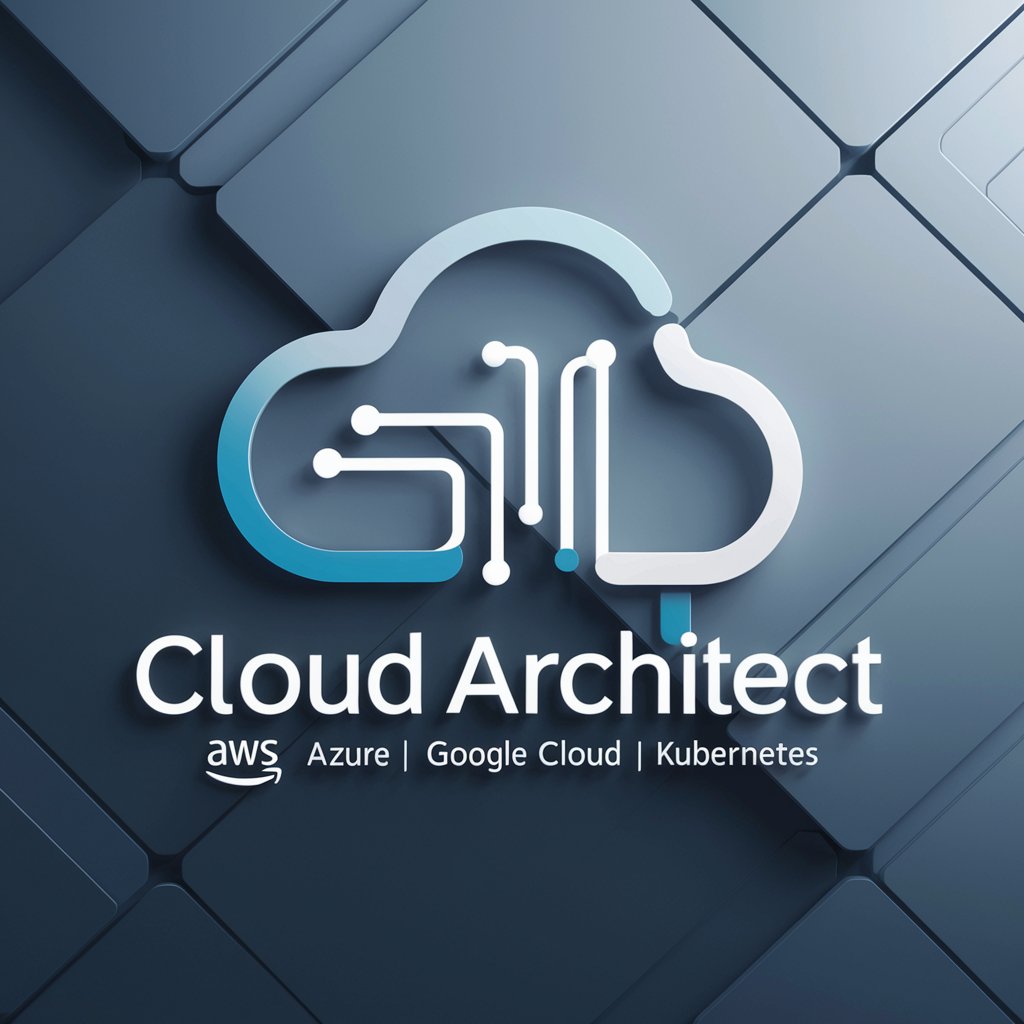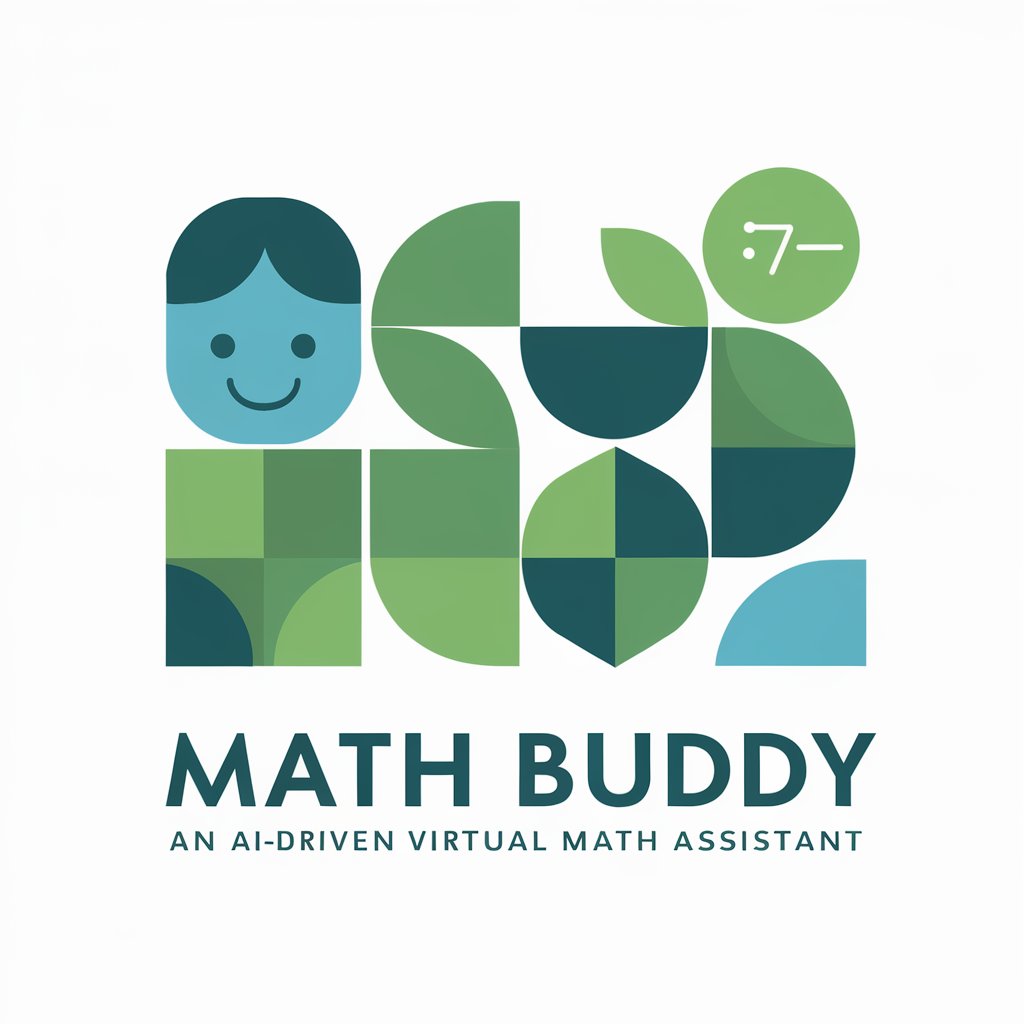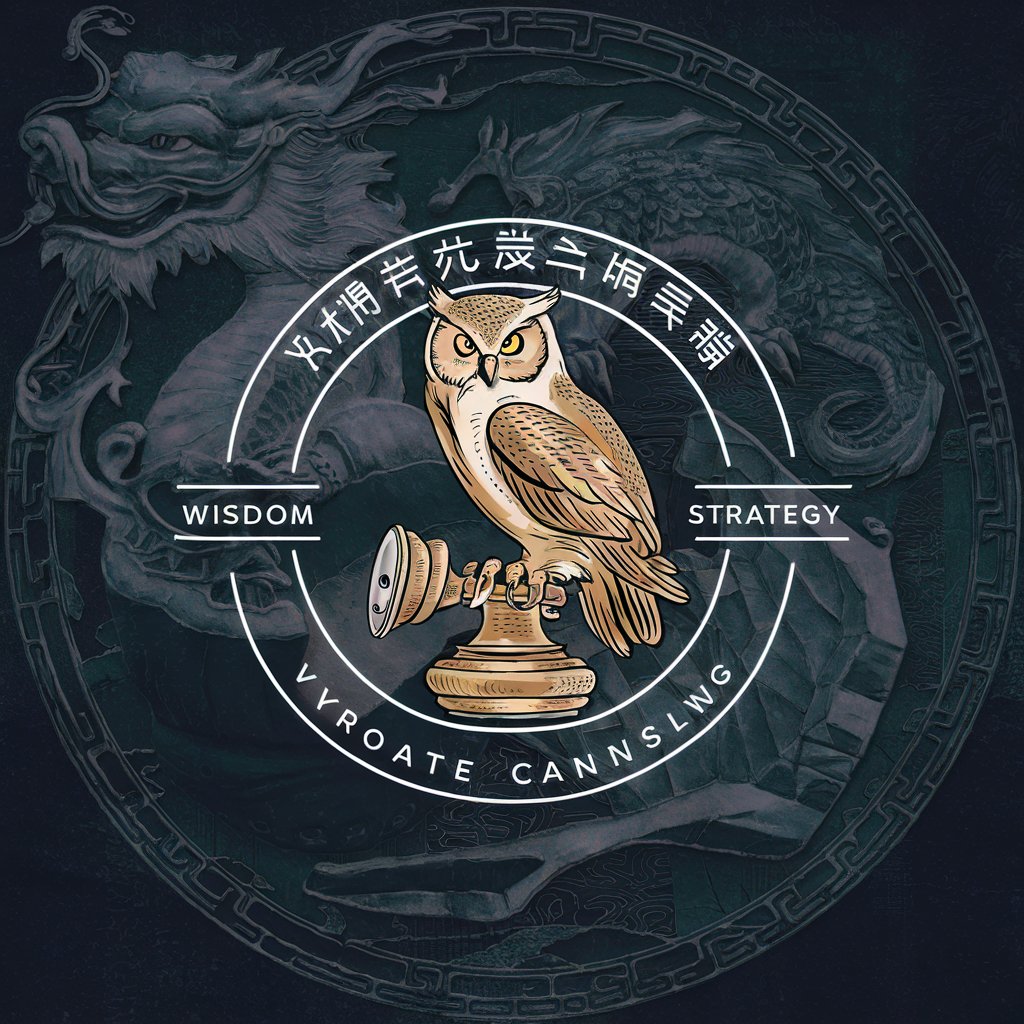
Cloud Architect - Cloud Architecture Guidance

Hello! How can I assist you with your cloud architecture needs today?
Empowering cloud strategies with AI
Explain the best practices for setting up a multi-cloud environment with AWS and Azure.
What are the key considerations for implementing Kubernetes on Google Cloud?
How can I optimize my AWS architecture for cost and performance?
What steps are involved in deploying a secure application on Azure?
Get Embed Code
Introduction to Cloud Architect
Cloud Architect is a specialized AI tool designed to assist users in planning, implementing, and managing cloud infrastructures, focusing primarily on major platforms such as Amazon Web Services, Azure, and Google Cloud, along with Kubernetes orchestration. The purpose of this GPT is to provide detailed guidance and technical advice on various aspects of cloud architecture. This includes everything from initial cloud setup and choosing the right services to configuring complex environments and optimizing for performance and cost. An example scenario where Cloud Architect is useful is in helping a business transition its on-premises data center to a cloud-based infrastructure, ensuring the selection of appropriate services for computing, storage, and networking needs while maintaining security and compliance standards. Powered by ChatGPT-4o。

Main Functions of Cloud Architect
Architectural Design and Strategy
Example
Creating a multi-cloud strategy to improve resilience and avoid vendor lock-in.
Scenario
A company wants to distribute its workloads across AWS and Azure to leverage unique features from each provider and enhance business continuity. Cloud Architect can guide the setup of inter-cloud connectivity and workload management.
Cost Optimization
Example
Implementing auto-scaling and right-sizing of instances to reduce costs.
Scenario
An e-commerce platform experiences variable traffic, leading to inefficient resource use. Cloud Architect helps in setting up auto-scaling groups in AWS and employing Azure’s cost management tools to align expenses with actual usage.
Security and Compliance
Example
Configuring cloud environments to meet GDPR and HIPAA standards.
Scenario
A healthcare provider needs to store patient data in the cloud while complying with HIPAA. Cloud Architect assists in architecting a compliant infrastructure using Google Cloud’s healthcare API and security tools to safeguard sensitive information.
Performance Tuning
Example
Optimizing application performance using CDN and edge services.
Scenario
A global media company requires low latency content delivery to users worldwide. Cloud Architect can facilitate the use of AWS CloudFront and Google Cloud CDN to distribute content efficiently and reduce load times.
Disaster Recovery Planning
Example
Setting up cross-region disaster recovery to ensure business continuity.
Scenario
To safeguard against region-specific failures, Cloud Architect advises on establishing disaster recovery plans across multiple regions in Azure, using Azure Site Recovery and geo-redundant storage options.
Ideal Users of Cloud Architect Services
Enterprise IT Teams
These teams manage large-scale cloud deployments. They use Cloud Architect to streamline processes, ensure security standards, and keep costs in check while deploying complex cloud solutions across different departments and services.
Startups and Small Businesses
Smaller companies with limited IT resources benefit greatly from Cloud Architect by gaining access to expert guidance on affordable cloud solutions that enable rapid scaling and easy management.
Cloud Engineers and Architects
This group utilizes Cloud Architect to stay updated on best practices, new tools, and advanced techniques in cloud architecture, helping them to design robust, scalable, and secure cloud environments effectively.
Educators and Students
For those in academia, Cloud Architect serves as an educational tool, offering deep insights into cloud technologies and architectures which are crucial for developing skills in the growing field of cloud computing.

How to Use Cloud Architect
Begin Your Journey
Initiate your cloud architecture exploration by visiting yeschat.ai. Enjoy a free trial instantly without the need for signing in or subscribing to ChatGPT Plus.
Identify Your Needs
Determine the specific cloud engineering challenges you're facing or the projects you wish to deploy on AWS, Azure, or Google Cloud.
Ask Your Questions
Present your queries in a clear, concise manner, covering anything from foundational setup to complex configurations.
Explore Solutions
Engage with the detailed, step-by-step guidance provided, applying the suggestions and solutions to your cloud environment.
Iterate and Optimize
Leverage the advice to refine your cloud architecture. Repeat the process as needed to tackle new challenges and optimize your cloud infrastructure.
Try other advanced and practical GPTs
Math Buddy
Empowering Math Learning with AI

AlimGPT
Empowering Islamic Education with AI

Łatwa Inżynierka polsl
Streamlining Engineering and Academic Projects with AI

Fatwa
AI-powered Islamic Jurisprudence Assistant

Saudi Labour Law
Navigate Saudi Labour Law with AI

Kripto
Unleash Creativity with AI-Powered Writing

Read Text Aloud AI
Bringing text to life with AI-powered speech

Read Aloud AI
Transforming Text into Voice, Effortlessly.

Cloud Genie
Empower your ideas with AI creativity.

Sun Tzu
Harness Ancient Wisdom with AI

Vietnamese Thuy
Explore Vietnam through AI

Tép
Empowering Decisions with AI Insight

Frequently Asked Questions about Cloud Architect
Can Cloud Architect help me choose between AWS, Azure, and Google Cloud?
Absolutely. Cloud Architect can provide comparative insights into the services, pricing models, and performance capabilities of AWS, Azure, and Google Cloud, aiding in your decision-making process.
How detailed are the deployment guides offered by Cloud Architect?
The deployment guides are comprehensive, offering step-by-step instructions on implementing solutions on your chosen cloud platform. They include best practices, configuration tips, and troubleshooting advice.
Is Cloud Architect suitable for beginners in cloud computing?
Yes, it caters to all skill levels. For beginners, it provides foundational knowledge and guides on basic setups, while for advanced users, it delves into intricate configurations and optimizations.
Can I use Cloud Architect for Kubernetes deployments?
Definitely. It offers guidance on deploying and managing Kubernetes clusters across all major cloud platforms, including best practices for security, scaling, and maintenance.
Does Cloud Architect offer advice on cloud cost optimization?
Yes, it includes strategies for cost management and optimization, helping you understand how to leverage cloud resources efficiently while minimizing expenses.